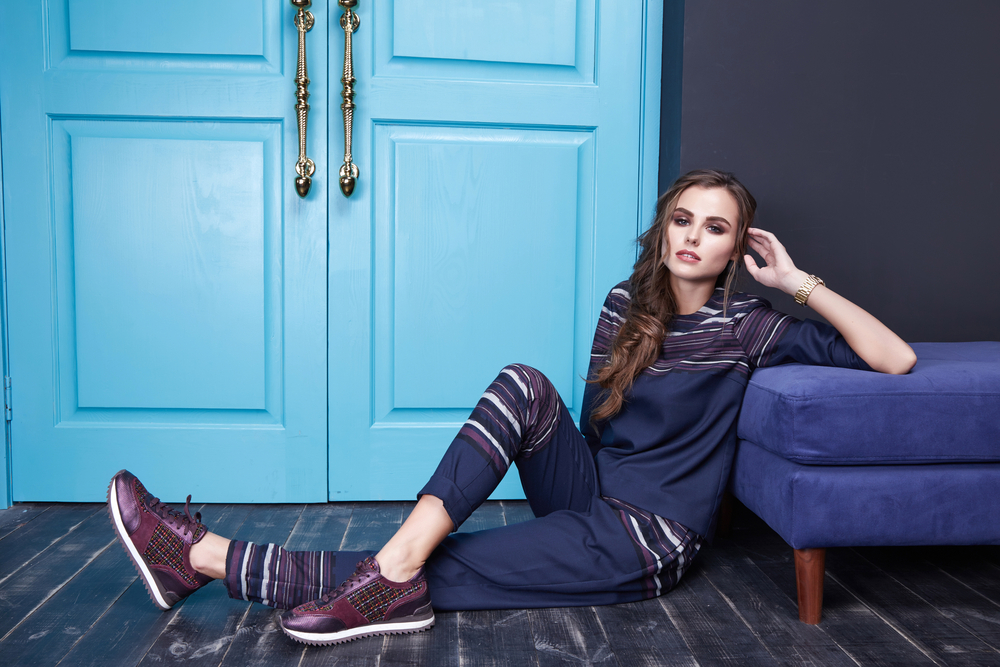
Being a successful model goes beyond having good looks and a photogenic face. It requires the ability to showcase garments or products in the most captivating way possible. The art of modeling (or modelling) lies in mastering the perfect pose during professional photoshoots. In this article, we will explore the key elements that make up an excellent pose, tips for models to enhance their posing skills, and the importance of versatility in the industry.
1. The Power of Poses in modelling
Posing is an essential element of modelling (or modeling) that can make or break a photoshoot. A well-executed pose has the ability to highlight the best features of the model, accentuate the outfit or product being showcased, and convey a certain mood or message. The right posture can transform an average photo into an extraordinary one.
Professional photographers and art directors often have a vision for how they want the final image to look. It is the model's responsibility to listen and understand their instructions, and then translate them into poses that bring that vision to life. Models must be able to adapt to different shooting styles, themes, and concepts to meet the expectations of the client and the creative team.
2. Tips to Enhance Posing Skills
a. Practice makes perfect: modeling is a skill, and like any skill, it improves with practice. Set aside time to practice different poses in front of a mirror or with a friend who can give you constructive feedback. Experiment with various angles and expressions to discover what works best for you.
b. Study diverse poses: Look at fashion magazines, advertisements, and online portfolios of successful models. Pay attention to how they pose and try to replicate their movements. Take note of the poses that resonate with you and make a mental catalog of poses that you can draw inspiration from during shoots.
c. Focus on body language: Posing is not just about striking a pose; it is about conveying a story or evoking an emotion. Study body language and practice expressing different moods through your posture and facial expressions. A slight tilt of the head, a relaxed shoulder, or a gentle smile can make a significant difference in the overall impact of the photograph.
d. Stay confident and relaxed: Nervousness and tension can show in photographs. Take a deep breath, relax your body, and let your confidence shine through. A relaxed and confident model exudes a sense of ease, which translates into captivating images.
e. Work with professional photographers: Collaborating with experienced photographers is an invaluable opportunity to learn and grow as a model. They can guide you, provide valuable feedback, and help you understand which poses work best for your unique features.
3. The Importance of Versatility
The modeling (by models) industry is incredibly diverse, and clients have different requirements and expectations. To thrive in this competitive field, it is crucial for models to possess versatility in their poses. Being able to adapt to different styles, themes, and concepts will widen the range of opportunities available.
Models who can effortlessly switch between high fashion, commercial, editorial, or lifestyle poses have a higher chance of getting booked for various projects. Versatility shows that a model can effectively embody different characters, atmospheres, and brands, making them an asset to clients seeking flexibility and adaptability.
4. Frequently Asked Questions
Q1: How do I find my signature pose as a model?
A1: Experiment with different poses to find what feels natural and comfortable for you. Your signature pose should reflect your unique personality and strengths as a model.
Q2: What should I wear for a modeling photoshoot?
A2: It depends on the purpose and theme of the photoshoot. Following the instructions provided by the client or creative team is crucial. Typically, models are asked to bring a variety of outfits for versatility.
Q3: How can I showcase the product I am modeling effectively?
A3: Understand the purpose and essence of the product. Use poses that accentuate the features, benefits, and uniqueness of the product. Show how it can be used or worn in a natural and convincing way.
Q4: Can I incorporate my own poses during a photoshoot?
A4: While it is essential to collaborate with the photographer and follow their vision, adding your creative input and trying out your own poses can be beneficial. Just be open to feedback and direction from the professionals present.
Q5: What is the role of facial expressions in modeling poses?
A5: Facial expressions play a significant role in modeling poses as they convey emotions, moods, and narratives. Practice conveying a wide range of expressions to add depth and dynamics to your poses.
In conclusion, mastering the art of modeling poses requires practice, versatility, and the ability to effectively communicate with the creative team. The perfect pose showcases the best features of the model, enhances the product or outfit being presented, and conveys the desired message or mood. By continuously honing their posing skills, models can elevate their abilities and thrive in the competitive world of fashion and commercial modeling.
Other useful resources
- https://blog.planetmodelphoto.com/models/modeling/